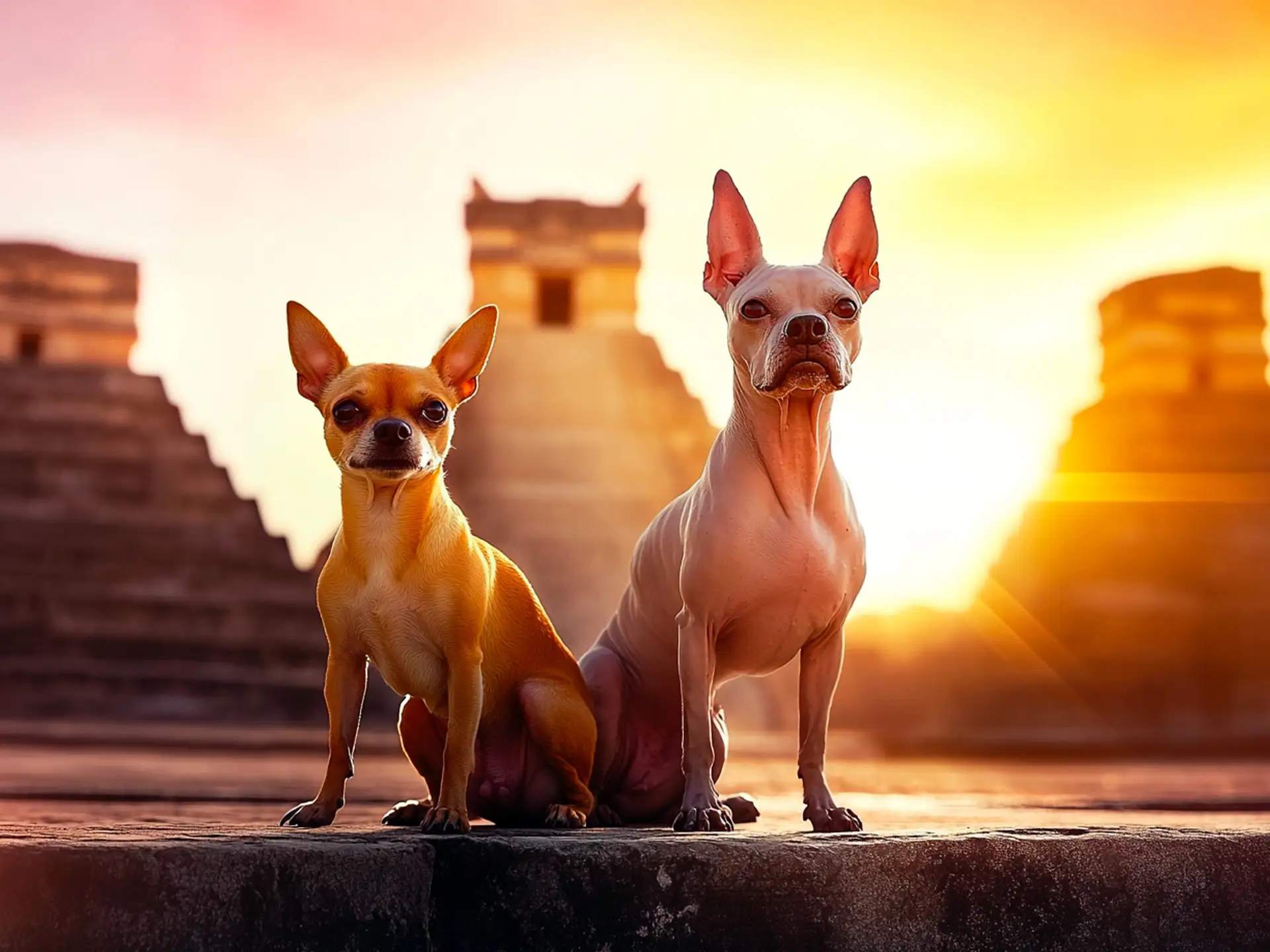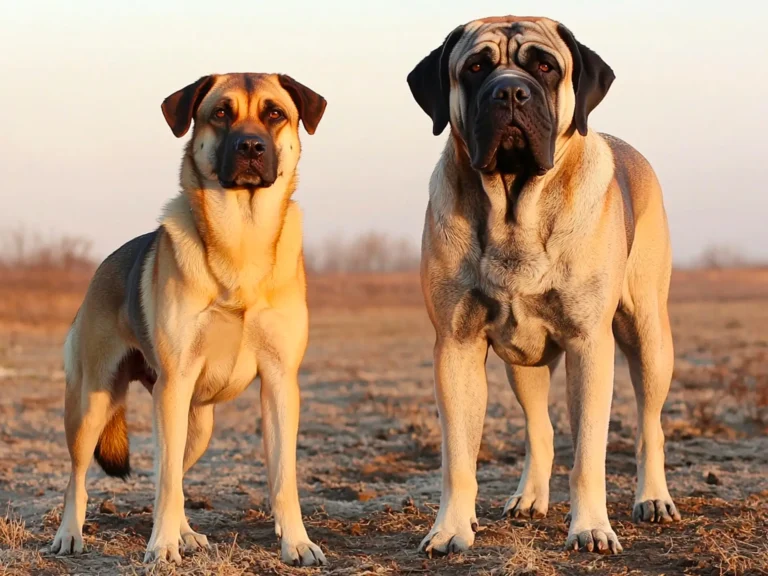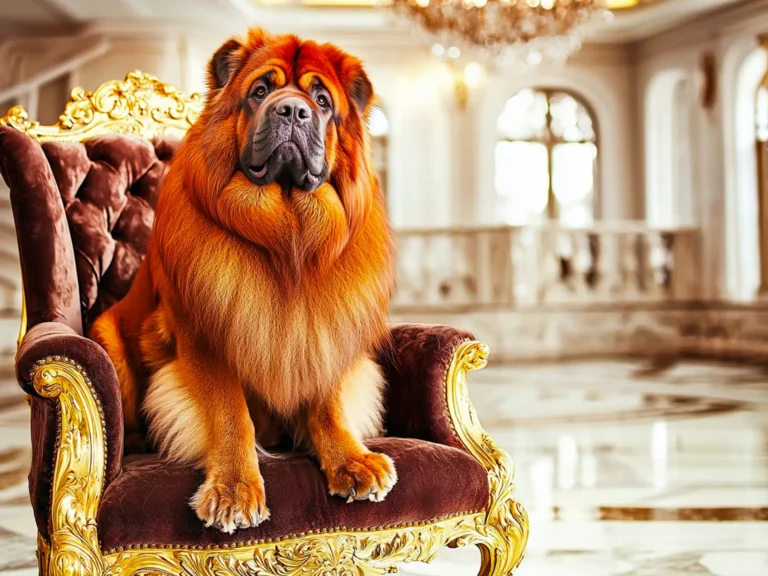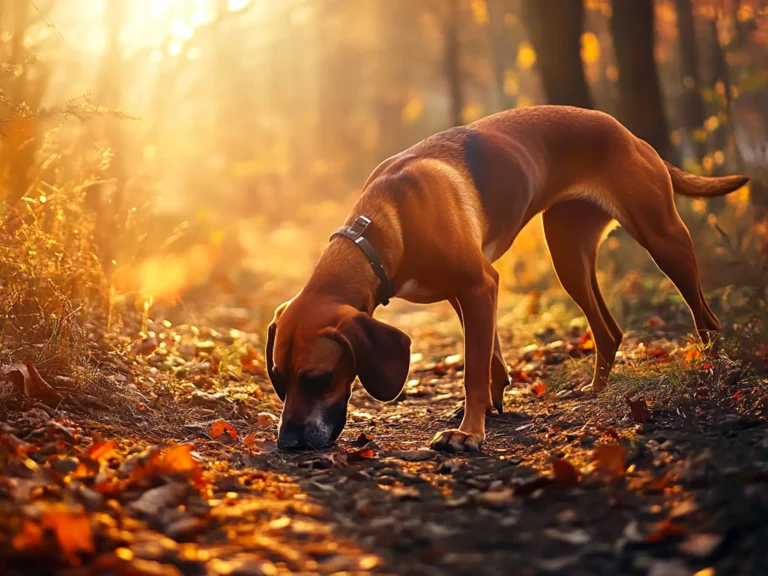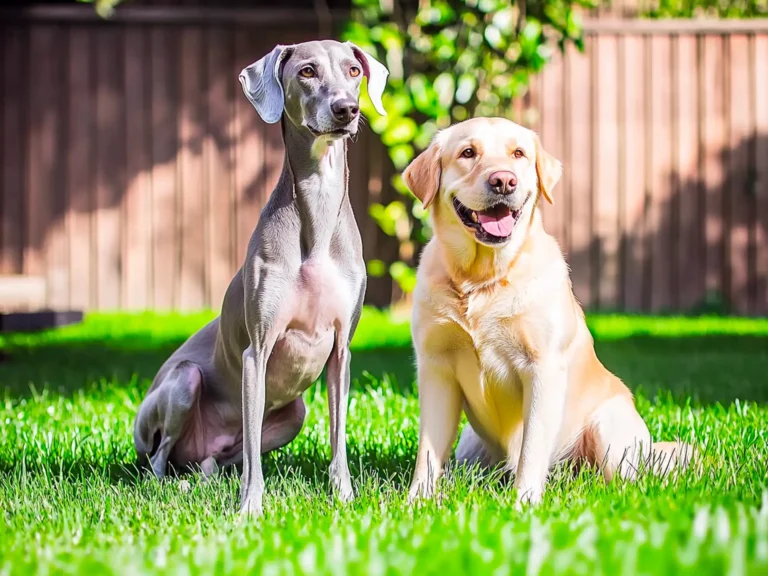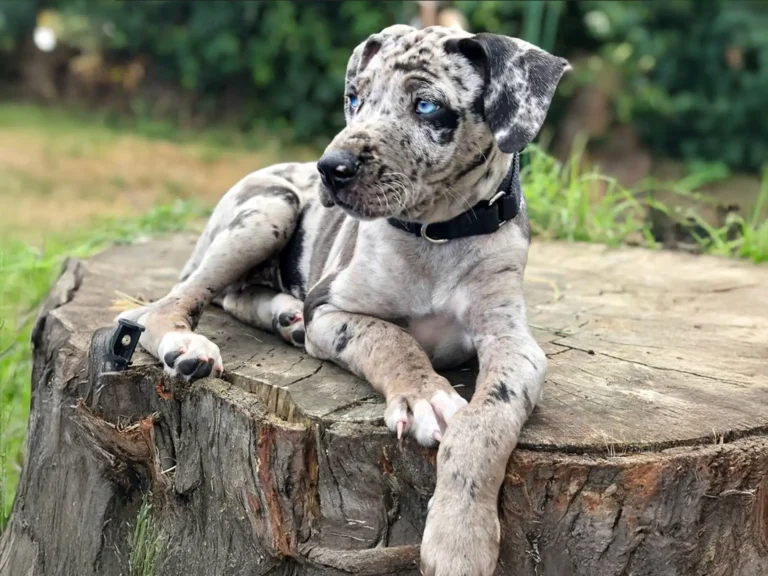I still remember the first time I stumbled upon a Mexican hairless dog—known locally as a Xoloitzcuintli. I was traveling through a small town in the heart of Mexico, and there it was: this sleek, statuesque creature greeting passersby with quiet confidence. I’d heard tales of the Xolo being an ancient Aztec guardian, but meeting one in person made history suddenly come alive. This experience sparked a deep curiosity about dog breeds from Mexico and the rich heritage they carry.
From the fearless little Chihuahua that boldly demands your attention, to the rare Calupoh—a mesmerizing wolf-dog hybrid—each Mexican breed reflects the country’s diverse landscapes, storied past, and lively culture. Their roles have evolved from sacred companions in Aztec temples to modern-day family pets across the globe, yet they remain as captivating as ever.
In the guide that follows, I’ll take you on a journey through Mexico’s canine world, exploring how these breeds came to be, what makes them unique, and why they’ve won hearts in so many corners of the planet. Whether you’re a seasoned dog owner or brand-new to these fascinating pups, get ready to delve into the legends, traits, and everyday wonders that make dog breeds from Mexico a constant source of inspiration—and unconditional love. Let’s jump in!
Ancient Roots and Cultural Significance
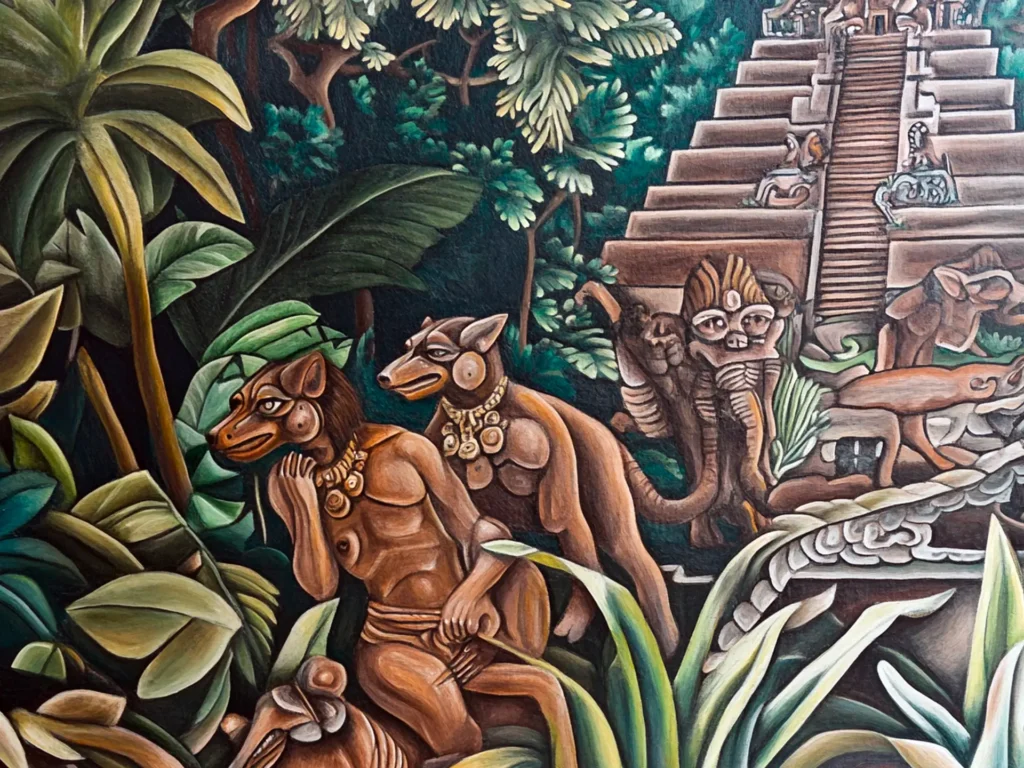
Mexico boasts one of the oldest recorded histories of human-canine interaction in the Western Hemisphere. The Aztecs, Mayans, and other pre-Hispanic civilizations believed dogs served various roles beyond companionship, including protective guides in the afterlife, guardians of the home, and symbols of divine presence. Some ancient carvings, artifacts, and temple murals depict Aztec hairless dogs and other indigenous canines, demonstrating how deeply ingrained these dogs were in religious and cultural practices.
Within the tapestry of Mesoamerican mythology, dogs were often revered for their loyalty and protective instincts. So intertwined with people’s daily lives and spiritual beliefs, these Mexican dog breeds continue to carry a legacy of mystery, respect, and admiration.
Which Breed of Dogs Are Native to Mexico?
Three main recognized breeds are native to Mexico: the Xoloitzcuintli (Mexican Hairless Dog), the Chihuahua, and the Calupoh (Mexican Wolfdog). Additionally, there are lesser-known or unofficial breeds like the Chamuco and numerous mixed-breed street dogs that reflect the country’s canine diversity.
1. Xoloitzcuintli – The Sacred Aztec Hairless Dog
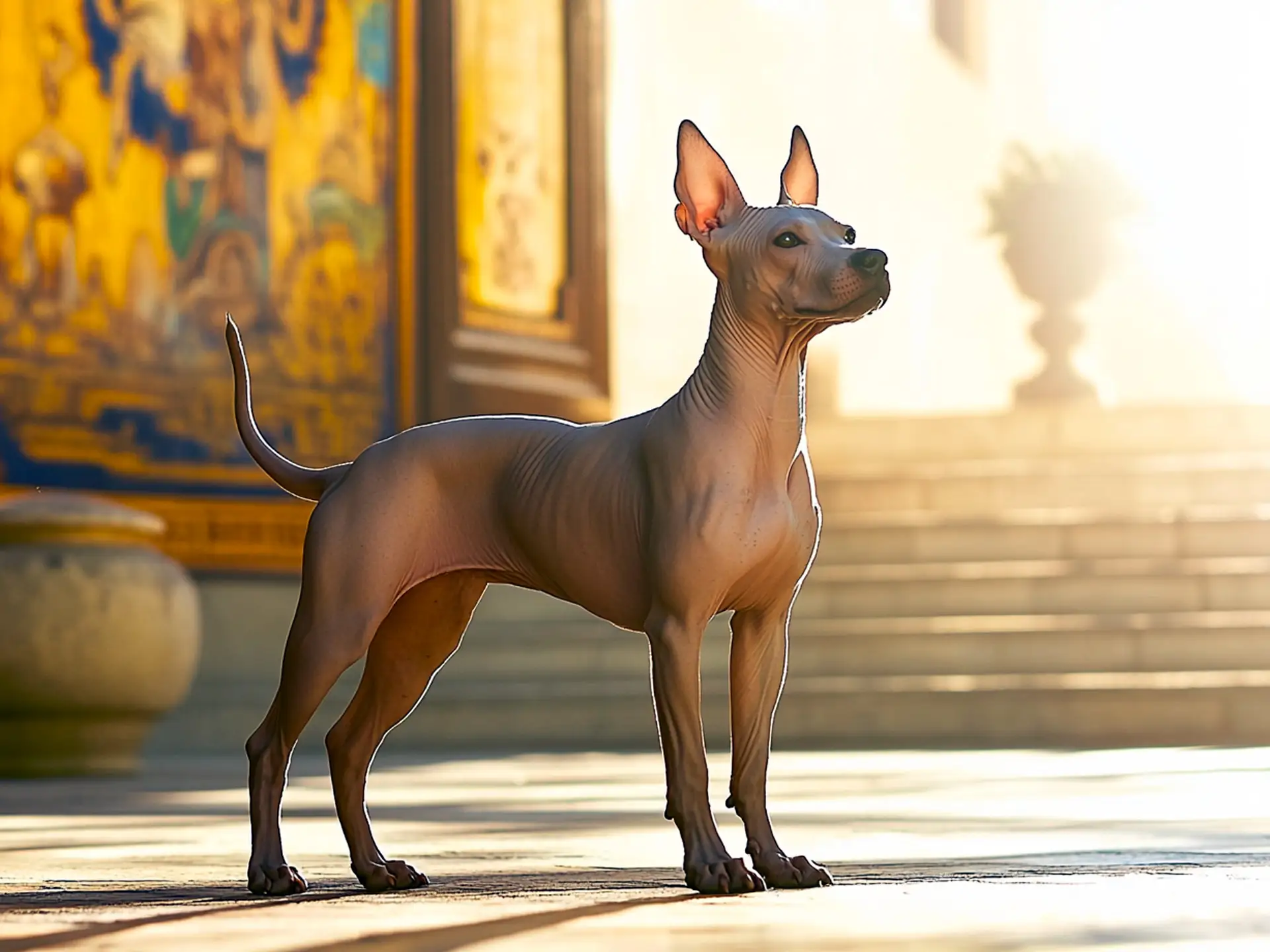
The Xoloitzcuintli (pronounced “show-low-eats-QUEENT-lee”) is one of the oldest and most revered dog breeds from Mexico. This breed traces its lineage back over 3,000 years to the Aztec civilization. Often called the “Xolo” or “Mexican Hairless Dog,” it holds a sacred place in Mesoamerican history.
History & Mythology
The name Xoloitzcuintli combines “Xolotl” (the Aztec god of fire and lightning) with “itzcuintli” (the Nahuatl word for “dog”). Aztecs believed Xolos were guardians of the afterlife, guiding human souls to the underworld. They were also considered protectors against evil spirits and intruders.
Physical Appearance
- Coat Types: Hairless (the most iconic) and Coated (short and smooth).
- Size Variations: Toy (about 10-14 inches tall), Miniature (14-18 inches), Standard (18-23 inches or taller).
- Color Varieties: The hairless type often displays dark, leathery skin, typically black, gray, or bronze. Coated varieties can be black, gray, brindle, or bronze as well.
Temperament
- Intelligent and Alert: Xolos are observant, making them excellent watchdogs.
- Loyal and Affectionate: They form strong bonds with their families, often picking a “favorite person.”
- Reserved with Strangers: Socialization is crucial to ensure they remain confident around new people.
Care Tips
- Skin Care: For hairless Xolos, regular bathing and moisturizing are essential to keep skin healthy. Sunscreen is a must for outdoor time, especially on bright days.
- Exercise: Moderate activity needs; daily walks and interactive play will keep them happy.
- Training: Responds well to positive reinforcement, thanks to their intelligence and eagerness to please.
Is Xoloitzcuintli a Good Family Dog?
Absolutely, provided they receive early socialization and consistent training. They can adapt to families with children, although supervision is recommended with younger kids. Their affectionate nature makes them wonderful companion animals.
2. Chihuahua – The World’s Smallest Dog from Mexico
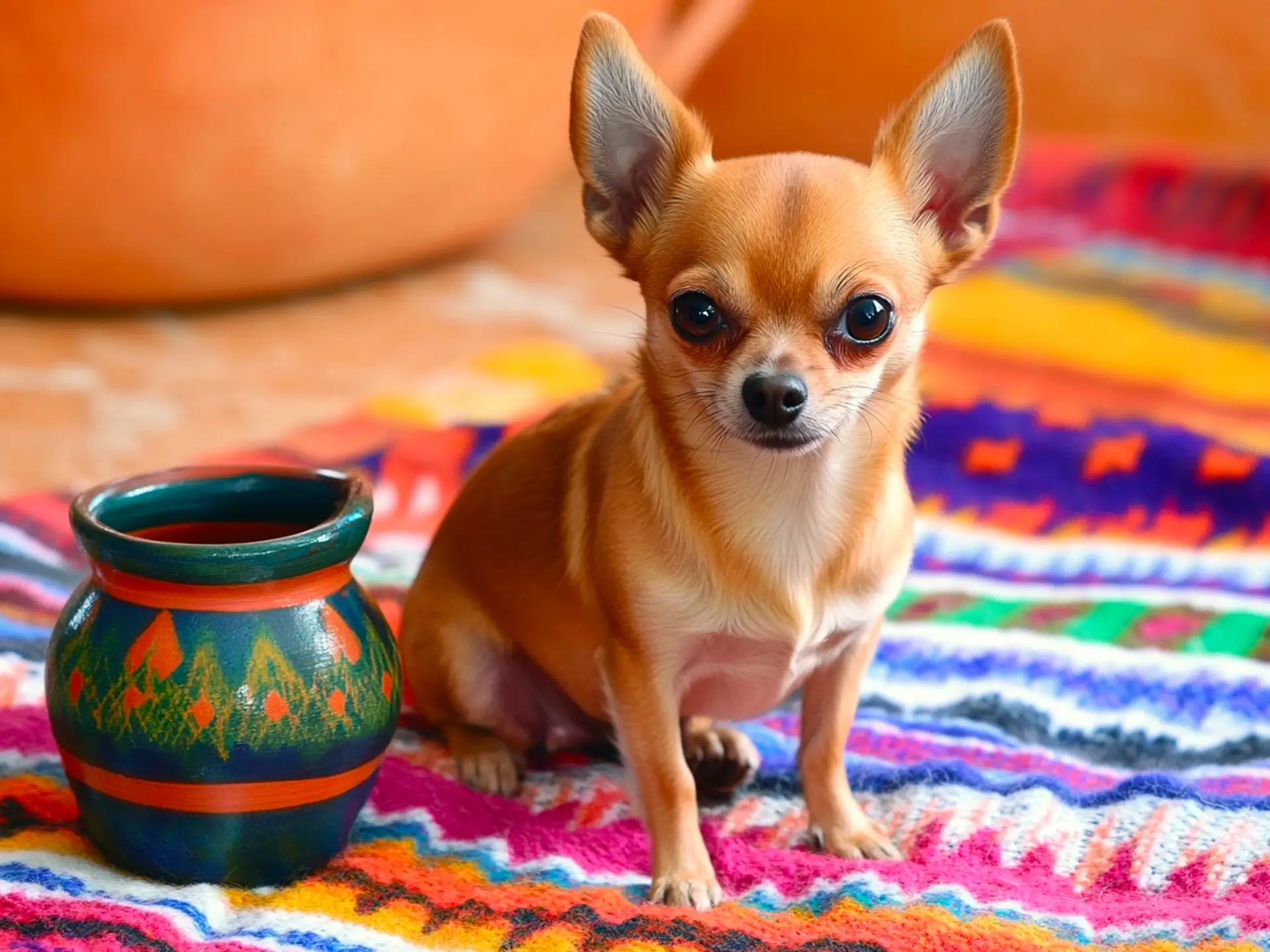
Known worldwide for its tiny stature and oversized personality, the Chihuahua is undeniably one of the most famous dog breeds from Mexico. It is even recognized by the American Kennel Club (AKC) as the smallest dog breed in the world.
History & Ancestry
The Chihuahua is believed to descend from a small companion dog known as the Techichi, which existed in the Toltec civilization around the 9th century. While direct lineage is still under scholarly debate, the modern Chihuahua is strongly linked to indigenous dogs from the region of Chihuahua, Mexico.
Appearance
- Size: Typically between 6-9 inches at the shoulder, weighing 2-6 pounds.
- Coat Types: Smooth (short-haired) and Long-coated.
- Colors: Wide range including fawn, black, chocolate, cream, and spotted patterns.
Temperament
- Bold and Courageous: Chihuahuas have no idea how small they are, and they often exhibit a “big dog” attitude.
- Affectionate with Family: They form tight bonds and enjoy being around their humans.
- Alert: Can be vocal when strangers approach.
Are Xoloitzcuintli and Chihuahua Related?
While both breeds share ancient Mexican roots, they are not directly related in a strict genetic sense. Xolos descend from pre-Aztec dogs used in spiritual contexts, whereas Chihuahuas trace back to the Toltecs and their Techichi breed. Both have unique histories that interweave with various Mesoamerican cultures.
Care Tips
- Grooming: Smooth-coat Chihuahuas require minimal brushing, while long-coats need more frequent attention to prevent matting.
- Exercise: Surprisingly active for their size—short walks and indoor play will suffice.
- Nutrition: Be mindful of overfeeding; Chihuahuas are prone to obesity if given too many treats.
3. Calupoh – The Mexican Wolfdog (Aztec Wolfdog)
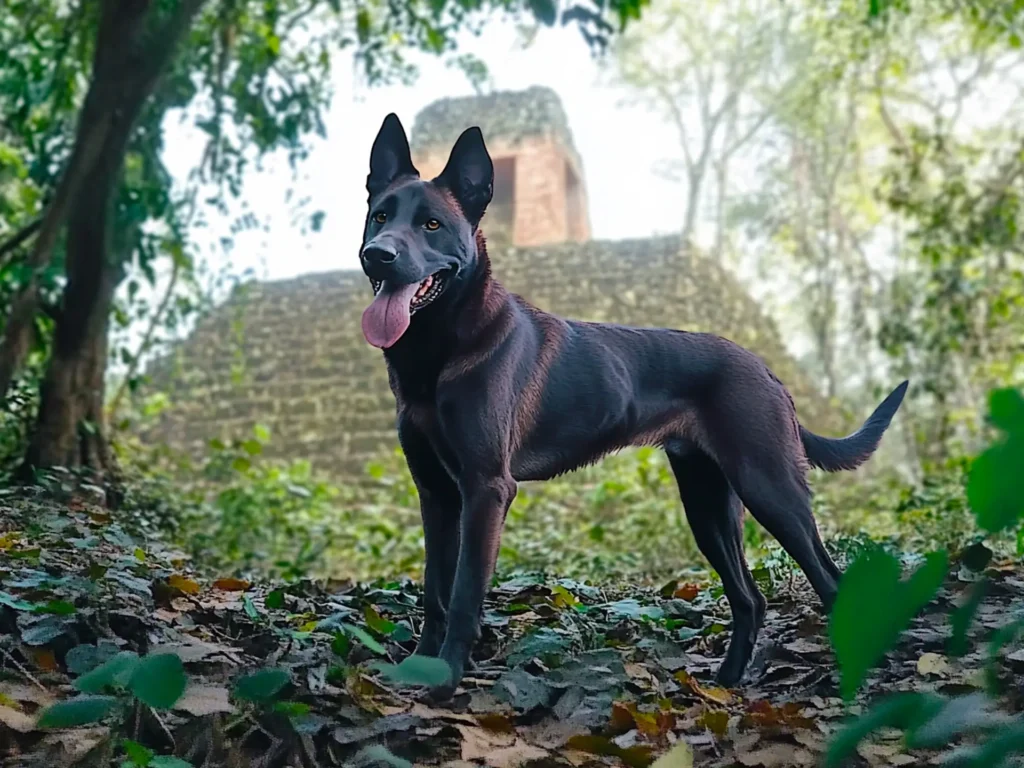
The Calupoh, often referred to as the Mexican Wolfdog or Aztec Wolfdog, is one of the lesser-known but historically intriguing dog breeds from Mexico. This breed is believed to have been created by indigenous tribes through selective crossbreeding of wild wolves with native dogs.
Origins & History
Indigenous communities in central Mexico cultivated a wolf-dog hybrid for specific roles such as guardianship and ceremonial use. Modern breeding programs for the Calupoh aim to preserve this unique canine heritage, although it remains a rare find even within Mexico.
Physical Traits
- Appearance: Typically resembles a medium-to-large wolf, with a lean yet muscular physique.
- Coat: Dense and wolf-like, often grayish-black or black. Some can exhibit white or gray markings.
- Eyes: Frequently amber or golden, contributing to their striking, wolfish look.
Temperament
- Loyal and Protective: Known for strong loyalty toward their families and territory.
- Independent: Wolf lineage can make them somewhat aloof or cautious with strangers.
- Requires Experienced Handling: Due to their strong instincts, consistent socialization and firm, positive training methods are crucial.
Rarity & Recognition
While recognized by a few local registries in Mexico, the Calupoh is not widely acknowledged by global kennel clubs. Ongoing breeding programs maintain strict guidelines to preserve the breed’s unique characteristics.
4. Mexican Street Dogs – The Unrecognized Breeds
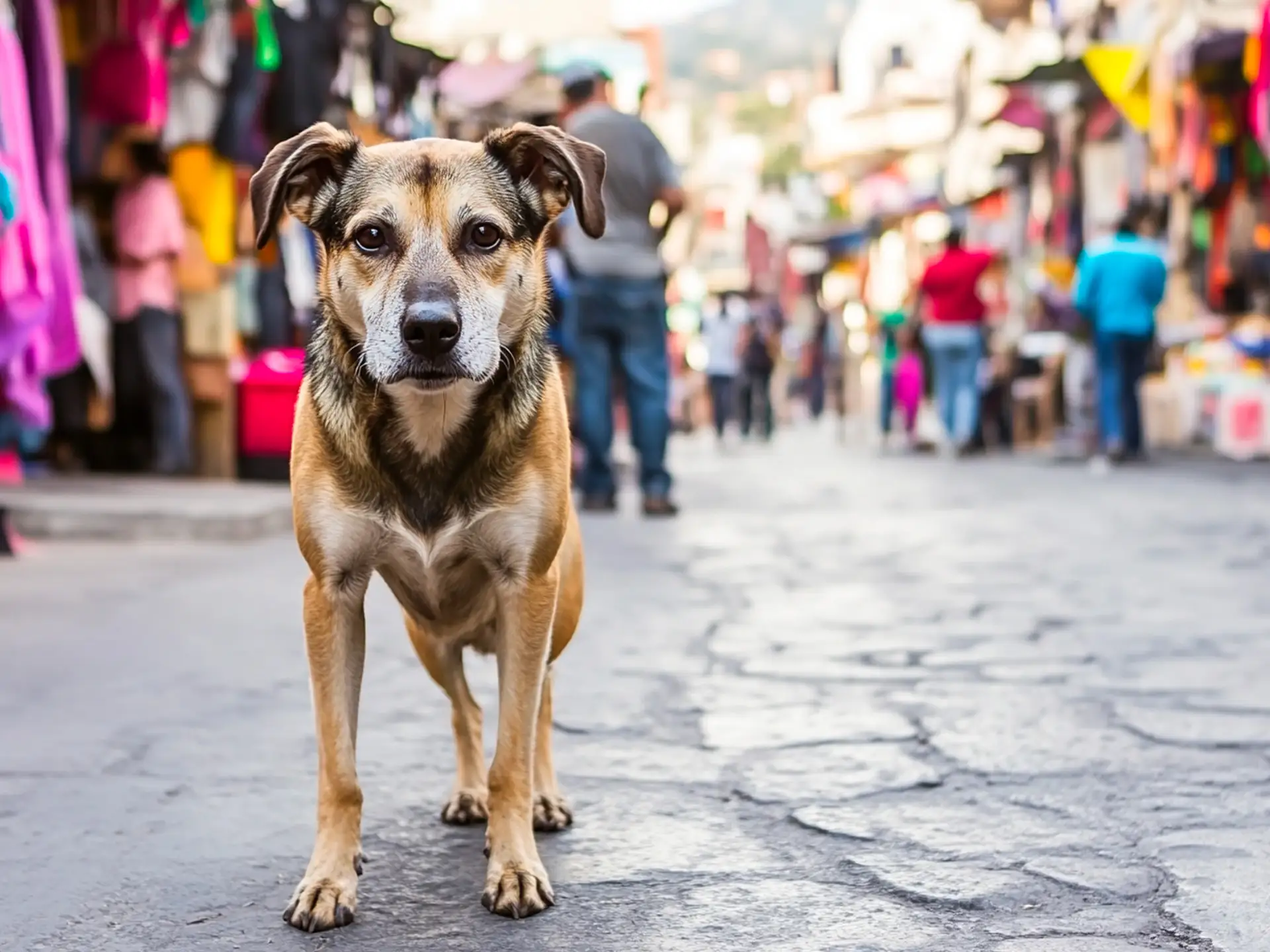
Beyond the officially recognized dog breeds from Mexico, there is an entire population of resilient, resourceful, and lovable dogs that roam the streets and rural areas. Commonly called Mexican Street Dogs, perros callejeros or mestizos, they represent a mosaic of mixed genetics reflecting centuries of canine history in Mexico.
What Is a Mexican Street Dog?
A “Mexican Street Dog” is a catch-all term for any free-roaming or stray dog in Mexico that is not a recognized purebred. They come in all shapes, sizes, and coat types. Many have developed robust immune systems and hardy dispositions because they live on the streets, surviving on scraps and human kindness.
Notable Examples of Unofficial or Mixed Breeds
- Potcake Dogs: Common in the Caribbean and sometimes found in Mexico’s coastal regions. Their name originates from the “pot cake,” the leftover food or rice caked in cooking pots, which became their main food source.
- Mestizo Dogs: A general term for mixed-breed dogs, often combining traits of recognized Mexican breeds with international dog lines introduced over centuries.
- Chamuco (“Mexican Devil Dog”): A controversial and unofficial fighting-dog type, sometimes referred to as the “Mexican Bulldog.” Recognition is uncertain, and many organizations discourage the breeding of fighting lines.
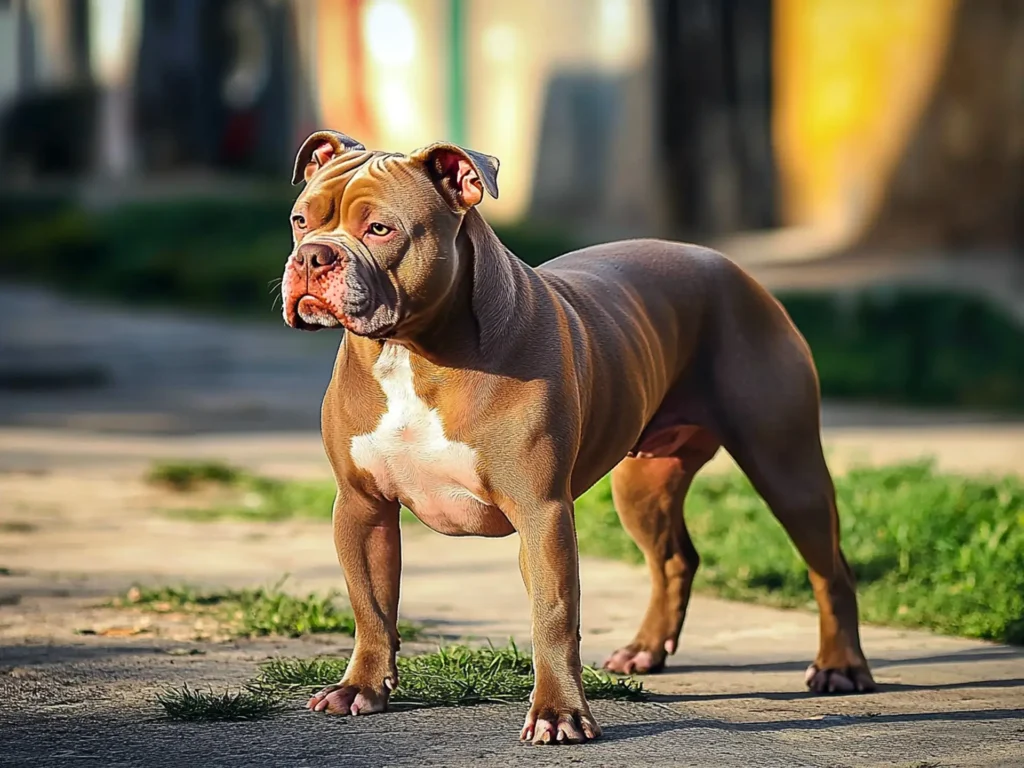
Adopting a Mexican Street Dog
- Health Check: Always ensure the dog has been vaccinated and checked for parasites.
- Behavioral Assessment: Some street dogs adapt quickly to home life, while others need more time and patience.
- Resilience and Loyalty: Many adopters attest to the strong bond they form with these once-homeless dogs.
Dogs in Mexican History & Culture
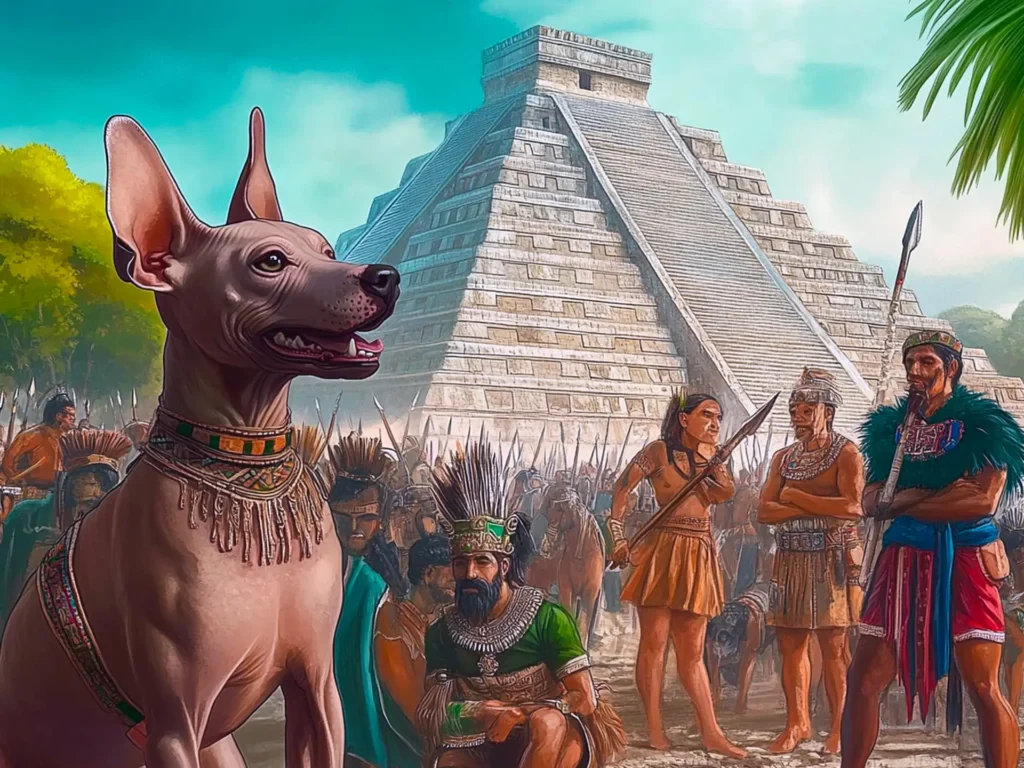
Aztec & Mayan Dogs
Dogs have long been woven into Mexico’s cultural tapestry. Ancient civilizations like the Aztecs and Mayans viewed canines not just as pets, but also as spiritual companions and even sacrificial offerings. Across centuries, these bonds evolved into the unique dog-human relationships we see in Mexican communities today.
- Xoloitzcuintli & Techichi: Ancient Mesoamerican cultures, particularly the Aztecs and Mayans, revered specific canine companions. The Techichi (an ancestor to the Chihuahua) featured in Toltec and Maya lore, while the Xoloitzcuintli was central to Aztec rituals.
- Sacred Dog of Mexico: The Xoloitzcuintli holds this title due to its mythological role as a guide for souls to the afterlife.
What Dogs Did the Mayans Have?
While the Aztecs are most commonly associated with the Xoloitzcuintli, Mayan civilizations had small companion dogs resembling the Techichi—stocky, small animals used both as pets and, at times, as a food source. Archaeological findings suggest these dogs also held ceremonial significance.
Mexican Dogs in Pop Culture
- Disney-Pixar’s “Coco”: Introduced a fun-loving Xoloitzcuintli named Dante, sparking global fascination with the breed.
- Frida Kahlo’s Art: The iconic Mexican painter often included Xolos in her paintings and kept them as pets.
- Chihuahua in Hollywood: The Chihuahua has featured prominently in movies and advertisements, solidifying its celebrity status.
What Is Mexico’s National Dog?
The Xoloitzcuintli is generally acknowledged as Mexico’s national dog. This title celebrates the breed’s enduring cultural importance, spanning centuries of folklore, ritual significance, and day-to-day companionship. For many, owning a Xolo is akin to preserving a piece of living history—one that continues to fascinate both locals and dog lovers worldwide.
Final Thoughts
From the ancient legends surrounding the Xoloitzcuintli to the modern global popularity of the Chihuahua, dog breeds from Mexico are as diverse as the country’s landscapes. Each breed brings its own story—tied to centuries of cultural evolution—and offers unique companionship to those willing to learn about and cherish them. Whether you’re drawn to the mysterious hairless breeds, the pint-sized Chihuahuas, or you’re considering rescuing a street dog, embracing a Mexican canine means becoming part of a legacy that stretches back thousands of years. With patience, proper care, and a loving environment, these dogs can become not just pets, but cherished family members that connect you to a vibrant cultural heritage.
Frequently Asked Questions (FAQ)
Do dog breeds from Mexico adapt well to apartment living?
Yes. Many dog breeds from Mexico, like the Chihuahua and smaller Xoloitzcuintlis, adjust comfortably to apartment life if their exercise and socialization needs are met. These breeds generally require daily walks and mental stimulation rather than large yards. By providing structured playtime, positive training, and consistent routines, Mexican breeds can thrive in smaller living spaces, making them great companions for urban owners.
Are there dog breeds from Mexico suitable for families with children?
Absolutely. While every dog’s temperament varies, well-socialized Xoloitzcuintlis and Chihuahuas can be wonderful with kids. These dog breeds from Mexico are known for their loyalty and affection, but they do need proper introductions to children and respectful handling. Early training and positive interactions ensure they develop gentle bonds, making them an excellent choice for families who prioritize supervision and consistent dog-friendly habits.
Are dog breeds from Mexico recognized by major kennel clubs worldwide?
Several dog breeds from Mexico, including the Chihuahua and Xoloitzcuintli, are recognized by major kennel clubs like the AKC and FCI. However, some breeds, such as the Calupoh or Chamuco, have only partial or no official recognition outside Mexico. Breed enthusiasts often work with smaller registries to preserve and promote these unique canines, while also advocating for broader international acceptance.
How can I ensure I find a reputable breeder for dog breeds from Mexico?
Begin by consulting recognized kennel clubs or official breed organizations for referrals to ethical breeders. Ask about health clearances, living conditions, and socialization practices specific to dog breeds from Mexico. Visit the breeding facility if possible, and request references or testimonials from previous puppy owners. Reputable breeders prioritize the welfare of their dogs, provide transparent documentation, and offer lifelong support to new owners.
Do dog breeds from Mexico face unique health challenges outside their native climate?
While many dog breeds from Mexico adapt well to various climates, some may require extra care in colder or extremely humid conditions. Hairless Xoloitzcuintlis, for example, need skin protection from harsh weather and sunburn. Chihuahuas might feel cold more quickly and benefit from sweaters or heated spaces in winter. Regular vet checkups, adjusted grooming routines, and climate-appropriate care help these breeds thrive wherever they live.

